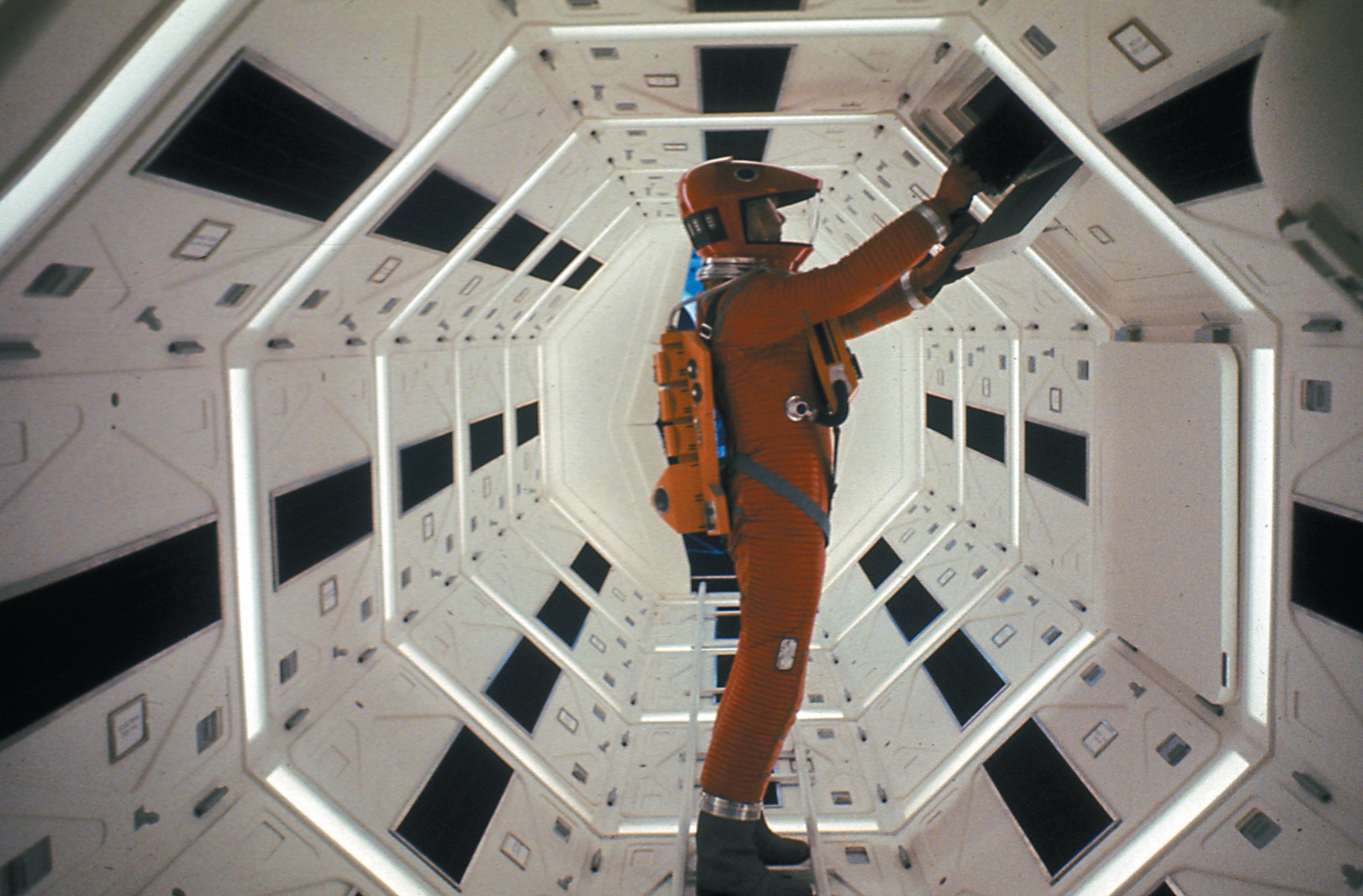2001: A Space Odyssey – 50 years of ‘timelessness’
2001: A Space Odyssey (1968) is a timeless masterpiece, in every possible sense. Firstly, because it literally is ‘timeless’ — it begins with the dawn of humanity but does not quite end with its dusk (although many would disagree). Secondly, because its relevance increases as time goes on. Prophetic in some ways, the film succeeds in developing a philosophy of human evolution that continuously proves its accuracy the more we progress through history. The way technology is portrayed in 2001: A Space Odyssey, still represents one of the best cinematic renderings of a fear which has now so strongly permeated our culture: the fear of technology and artificial intelligence taking over our world. Think of all the books and films that constantly return to this haunting theme: from Asimov’s pioneering storytelling in I, Robot, to contemporary films like Garland’s Ex Machina, or Westworld, both its TV adaptation and Crichton’s 1973 original version, or even Ridley Scott’s Blade Runner and the ‘replicants.’
What we are witnessing in Kubrick’s film, perhaps, is predicted metamorphosis of humanity into something more
But what Kubrick is trying to show us is quite different from all these narratives of technological horror. In fact, Kubrick might instead be trying to explain to us that, after all, the movement from Ape to Human to Al to ethereal floating alien Baby is not as unnatural, frightening, and aberrant as it may seem. This is hinted at right from the start, as the opening sequence is inundated by Strauss’ ‘Also Sprach Zarathustra’, based on Nietzsche’s homonymous philosophical work. In Nietzsche’s novel, Zarathustra (the prophet) cares to remind us that the human form is just a transitional stage between the ape and the ‘übermensch’ (or, the superhuman) and that, ironically, God is dead. What we are witnessing in Kubrick’s film, perhaps, is predicted metamorphosis of humanity into something more.
Technology, rather than being a human-generated hostile force, becomes the prosthetic element that allows for human evolution, rather than contributing to its destruction. Humanity, like the ape discovering the potential of the bone as a weapon (the metaphorical key needed to open the door of evolution transforming it thus into both an object of death as much as an object of creation), has discovered the same potential within technology and its advancements. With technology acting as a symbolic additional limb, humanity as we know it is but a hybrid species caught in the process of evolution, as were the first apes manufacturing weapons out of bones. That humanity now understands change, Evolution of the human, as a form of destruction, is a simple misconception, and maybe it is exactly this misconception that Kubrick is trying to correct.
still centuries ahead of us
Although this may be far-fetched, Kubrick’s symbolic odyssey in space, which is arguably an odyssey through time, is still centuries ahead of us. We have only just recently started to catch up with its philosophical content, as theories of human evolution through technology have begun to appear in the academic discourse in the last few decades (if only Kubrick had been alive to read Stiegler’s ‘Technics and Time’). In terms of human evolution itself, however, we still have a long way to go, luckily (or not). One can only hope that in the meantime we successfully learn to accept that our change as a species is not inherently a form of destruction. Nevertheless, it is almost nonsensical to talk about 2001: A Space Odyssey in terms of its release fifty years ago, when clearly, as a film, it defies any spatial or temporal boundary.

Comments